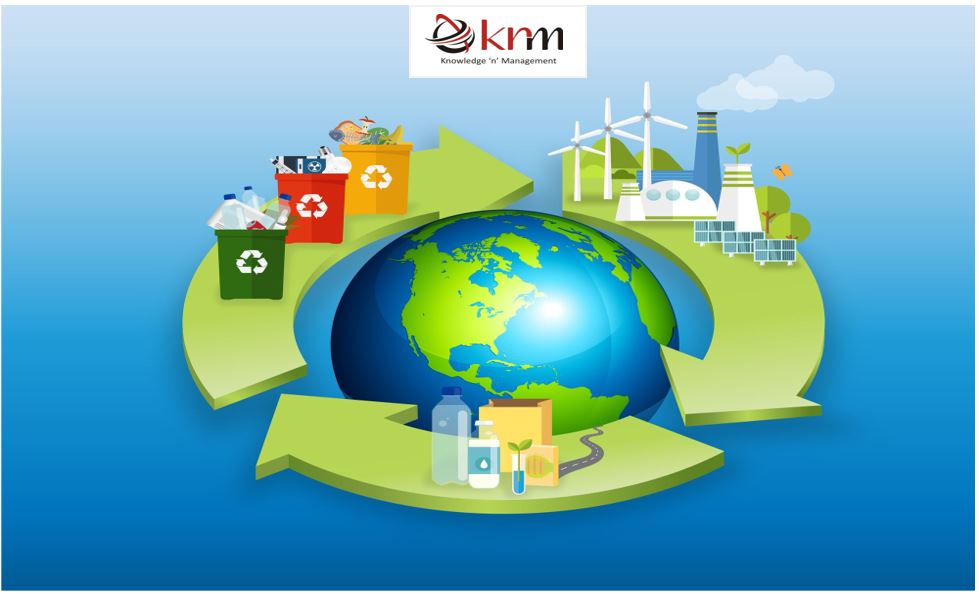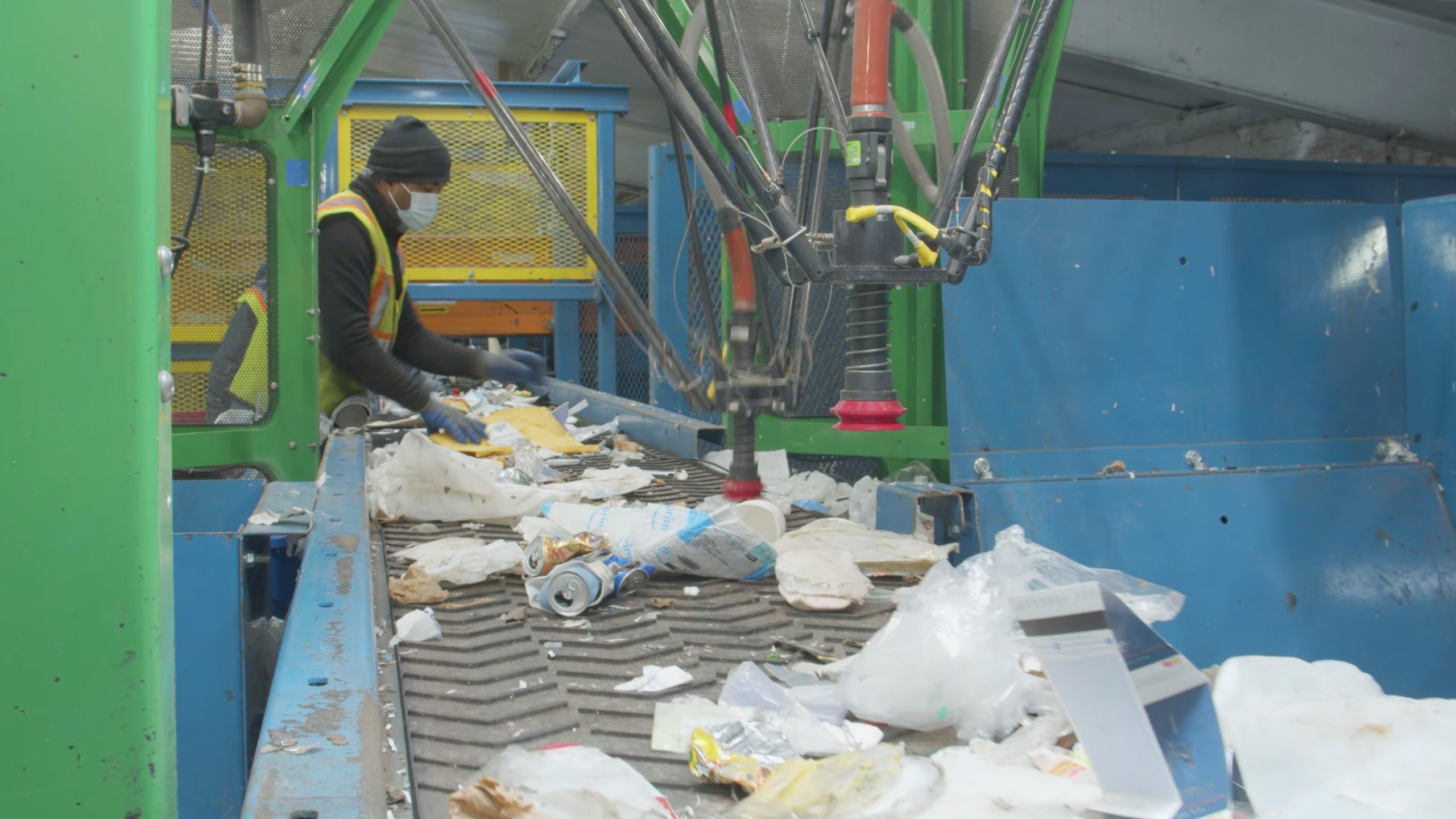Why Choose Recycling Lives Services for Your Waste Management Needs
Exploring Different Sorts Of Waste in Modern Waste Management Solution
The modern landscape of waste monitoring involves browsing a complex range of waste types, each needing specialized handling and disposal approaches to minimize environmental impacts. Community solid waste, harmful waste, digital waste, and natural waste each existing unique obstacles and possibilities for source recuperation. Innovative solutions such as wise waste containers and waste-to-energy modern technologies are emerging as vital devices in boosting performance and sustainability. Recognizing these waste kinds is important for promoting public recognition and encouraging energetic participation in sustainable techniques. What strategies can efficiently resolve these different kinds of waste while advertising a circular economic climate?
Local Solid Waste
Municipal solid waste, often described as house garbage or waste, includes a variety of disposed of materials generated by residential, industrial, and institutional sources within a town. This waste stream generally includes things such as packaging, food scraps, backyard trimmings, paper, plastics, textiles, and disposed of house items. The management of local solid waste is a crucial part of metropolitan preparation and public health, requiring reliable collection, transport, and disposal systems.
Efficient waste monitoring systems are designed to minimize environmental impact while taking full advantage of resource recuperation. This frequently includes a combination of methods consisting of landfilling, composting, and recycling. Recycling programs target products like paper, glass, metals, and specific plastics, diverting them from landfills and reestablishing them into the production cycle. Composting natural waste, such as food scraps and backyard trimmings, not only reduces land fill use yet also produces valuable soil modifications.
Towns need to additionally resolve the financial and logistical obstacles associated with waste management. Carrying out pay-as-you-throw systems, improving public recognition, and spending in technology can considerably enhance waste diversion rates. By incorporating these methods, municipalities can promote lasting neighborhoods, minimize greenhouse gas emissions, and preserve natural deposits.
Hazardous Waste

Reliable harmful waste management includes several critical actions: identification, disposal, treatment, and partition. Partition guarantees that dangerous materials are kept separately from non-hazardous waste to protect against cross-contamination.
Regulatory frameworks, such as the Resource Preservation and Recuperation Act (RCRA) in the United States, give standards and requirements for contaminated materials management. Adherence to these laws, combined with improvements in waste treatment technologies, is essential in mitigating the threats connected with dangerous waste.
Digital Waste
Digital waste, commonly referred to as e-waste, represents a quickly growing obstacle in waste administration systems worldwide. This sort of waste includes discarded digital devices and tools such as mobile phones, computers, tvs, and other digital home appliances. The rapid speed of technological development, coupled with lowering product lifespans and consumer need for the current tools, has actually greatly raised the quantity of e-waste produced each year.
E-waste is especially problematic because of its complex structure, typically containing harmful substances like lead, cadmium, and mercury, which present substantial environmental and health and wellness threats if not appropriately taken care of. On the other hand, e-waste additionally includes beneficial products such as gold, copper, and silver, which can be recovered and reused. The double nature of e-waste-- both dangerous and valuable-- necessitates specialized handling, reusing, and disposal processes.
Effective e-waste Our site management entails strict governing structures, durable collection systems, and progressed reusing modern technologies. Public recognition and participation are essential, as incorrect disposal techniques, such as prohibited dumping and casual recycling, intensify ecological contamination and carcinogen. Improving e-waste administration practices is vital for mitigating ecological influence and recuperating important resources in a significantly electronic world.

Organic Waste
Organic waste, consisting of kitchen scraps, yard trimmings, and farming residues, stands for a considerable portion of the international waste stream. This sort of waste is biodegradable, suggesting it can be damaged down by microorganisms right into easier natural compounds. Despite its possibility for all-natural decomposition, incorrect administration of organic waste can bring about negative environmental effects, including the discharge of greenhouse gases such as methane, which contribute to environment modification.
Reliable administration of natural waste is important for minimizing these environmental influences (recycling lives services). Composting is a widely adopted technique, changing natural waste into nutrient-rich compost that can improve soil wellness and agricultural productivity. Furthermore, anaerobic food digestion is an arising technology that converts natural waste right into biogas, a renewable resource source, and digestate, which can be utilized as fertilizer
Municipalities and waste management entities should apply durable organic waste collection and therapy programs to optimize the advantages of these procedures. Public education and learning projects can additionally play a pivotal role in encouraging homes and companies to separate organic waste from other types of waste. By prioritizing the management of natural waste, cultures can lower land fill usage, reduced greenhouse gas exhausts, and develop beneficial results for agricultural use.

Cutting-edge Waste Administration
In the world of waste monitoring, cutting-edge methodologies are transforming how societies handle their refuse, intending for sustainability and performance. These advancements encompass a variety of innovations and techniques that boost reusing prices, reduce landfill reliance, and reduced ecological impact. One popular technology is the implementation of wise waste containers equipped with sensors that keep track of fill levels and enhance collection courses. This not just decreases fuel usage however additionally minimizes greenhouse gas emissions.
One more noteworthy growth is the fostering of waste-to-energy (WtE) technologies. By transforming non-recyclable waste into usable power through procedures such as incineration and anaerobic digestion, WtE reduces land fill problem and offers a renewable resource source. Advancements in chemical reusing permit for the breakdown of complex plastics right into their original monomers, enabling the production of brand-new, top notch plastic products.
In addition, the round economic situation model is acquiring grip, emphasizing the design of products and systems that focus on reusability and resource effectiveness. This alternative approach urges markets to reduce waste generation from the outset. Via these cutting-edge methods, modern-day waste management systems are not just dealing with the instant obstacles of waste disposal however additionally leading the way for moved here a more sustainable look at these guys future.
Final Thought
A thorough understanding of local strong waste, contaminated materials, electronic waste, and natural waste, coupled with the application of cutting-edge waste management options, is critical for mitigating environmental impacts. Integrating technologies such as wise waste bins and waste-to-energy systems can improve effectiveness and sustainability. Efficient waste administration methods not just foster source healing yet also promote public awareness and involvement, inevitably adding to the growth of a circular economic climate.
The modern landscape of waste administration includes navigating a complex range of waste types, each requiring specialized handling and disposal approaches to minimize ecological effects. Local solid waste, dangerous waste, electronic waste, and natural waste each existing distinctive difficulties and chances for resource recovery.Digital waste, generally referred to as e-waste, stands for a quickly expanding difficulty in waste monitoring systems internationally. With these innovative methods, modern waste management systems are not just dealing with the instant challenges of waste disposal but also leading the way for an extra sustainable future.
An extensive understanding of local solid waste, hazardous waste, electronic waste, and natural waste, coupled with the execution of ingenious waste administration remedies, is crucial for mitigating environmental impacts. (recycling lives services)